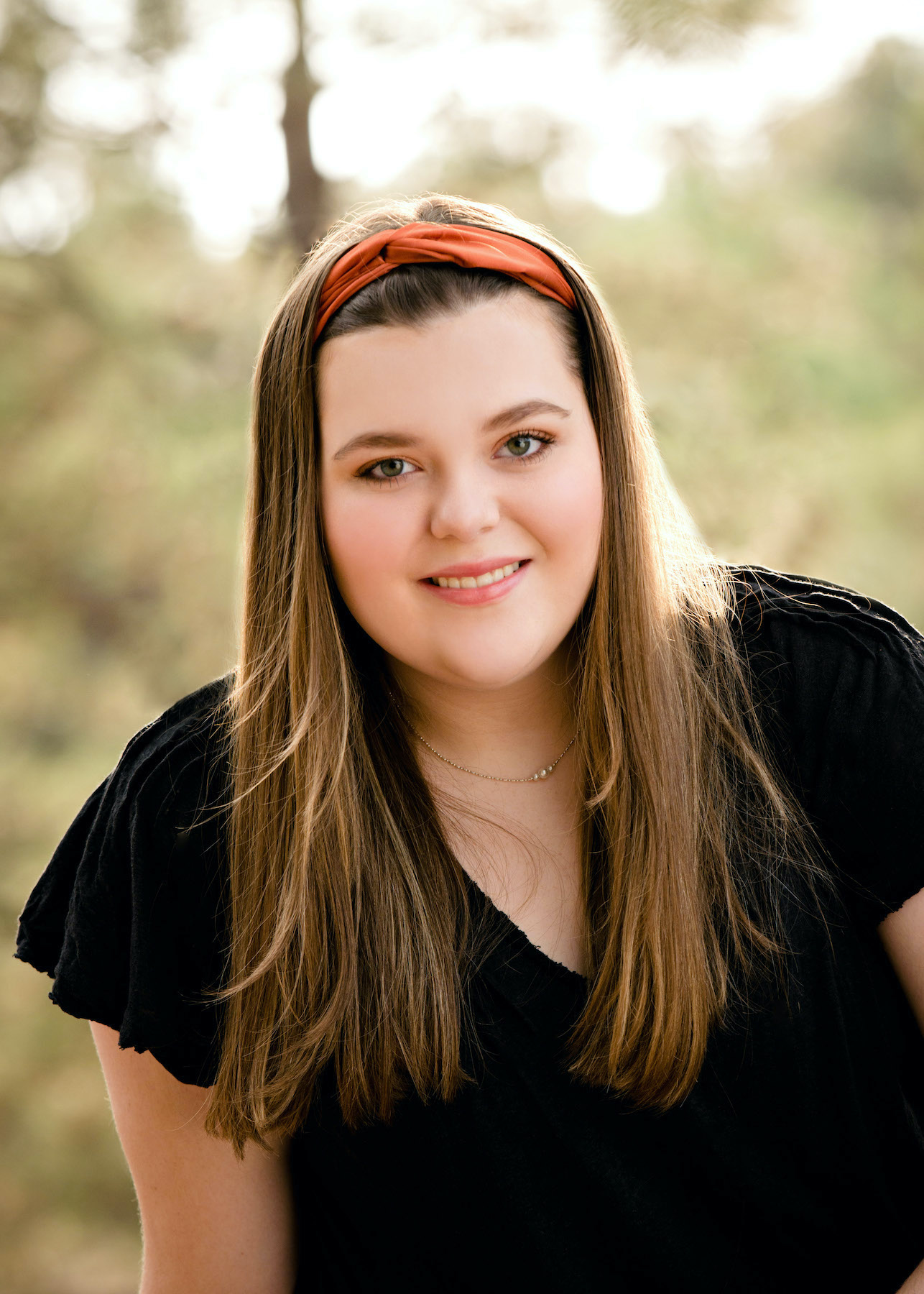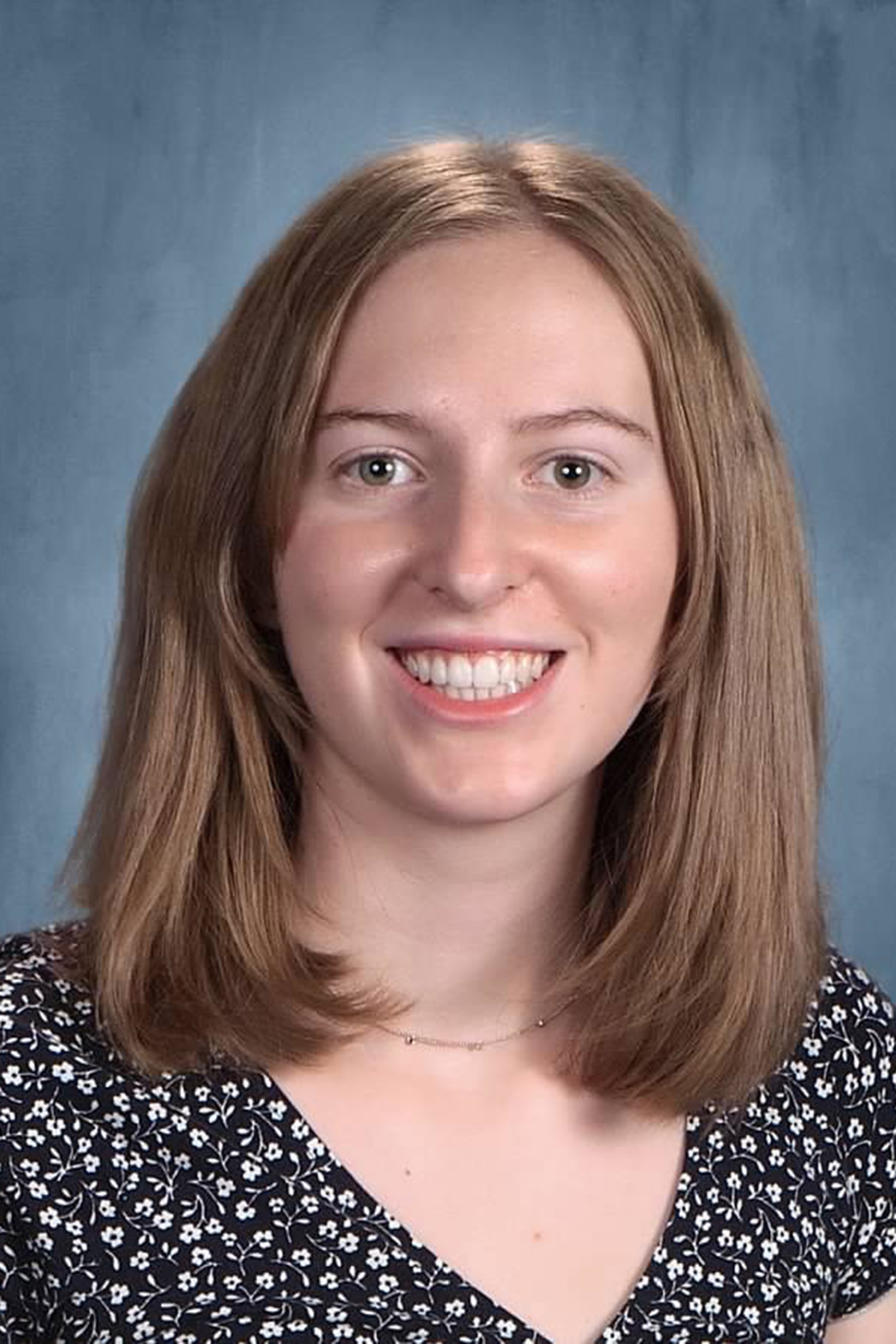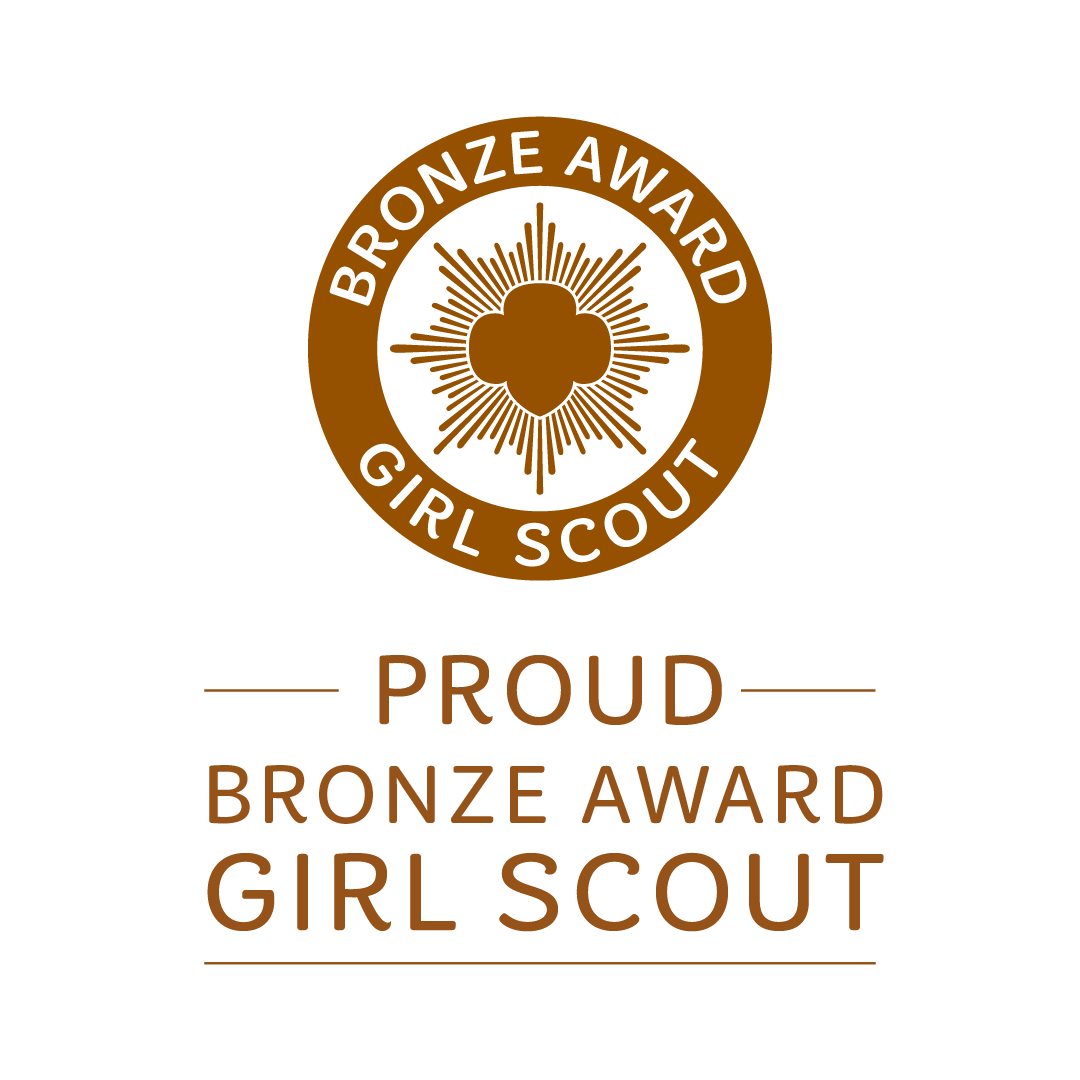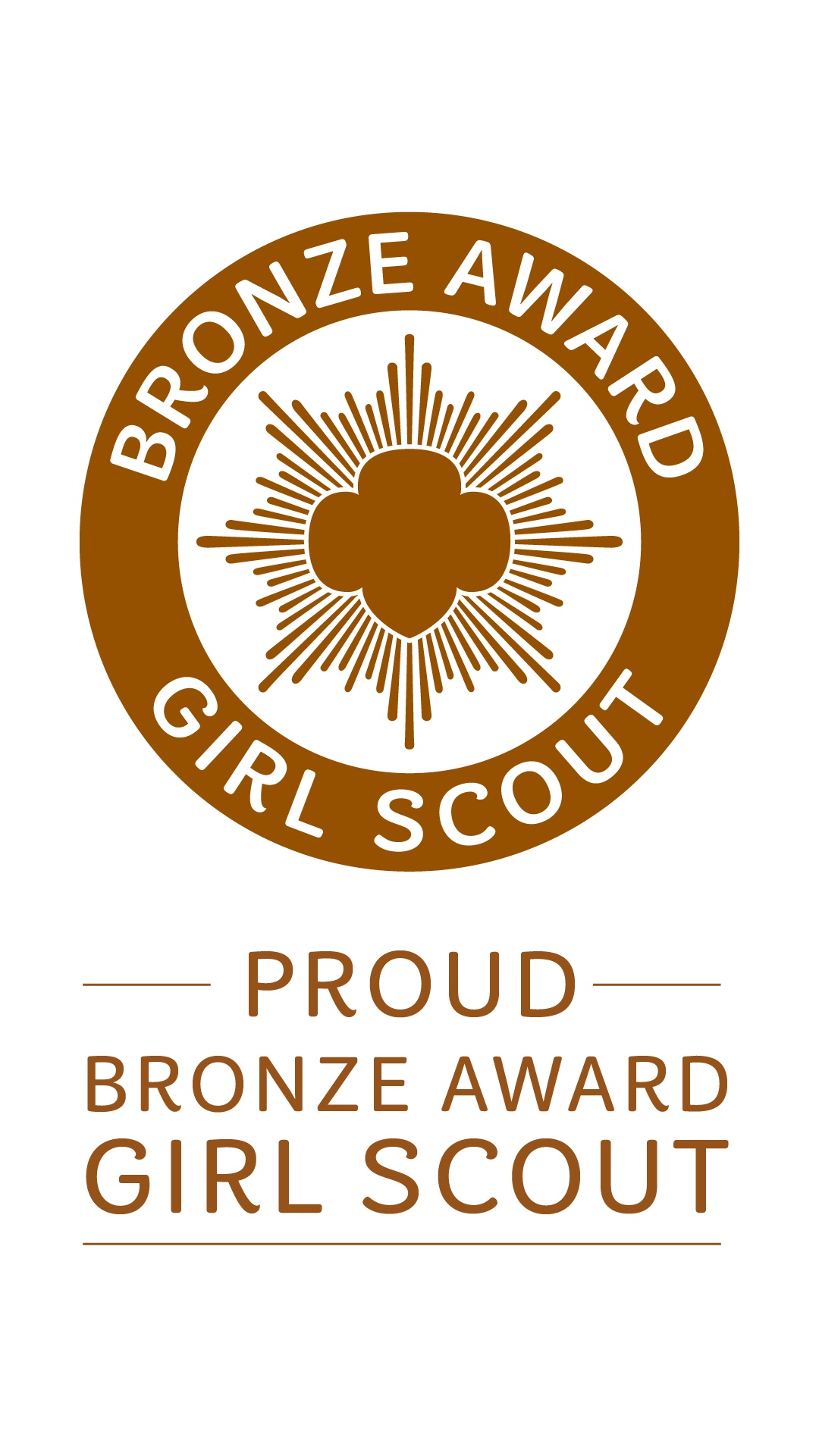
What did you do for your Gold Award project?
My Girl Scout Gold Award is a website created Your Level Reading that is intended to demonstrate ratings for teachers, parents, and students to know if the material is appropriate for their own or others’ reading level and age. In particular, some parents feel they are not informed enough about material their children are reading and are sometimes unsettled by this. Using the website created in this project, parents can simply look up the title of the book their child is reading and see its maturity. Likewise, the project addressed students – middle schoolers in majority – who may feel uncomfortable reading certain material. They too can look up the book title or author to prepare themselves for what may be in that novel. The website also benefits teachers because they can decide on appropriate reading material when choosing novels.
How did you measure the impact your Gold Award project made on your target audience?
My audience now has an understanding of book ratings for four, distinct age groups. Teachers, parents, and students learned that they can use the website as a resource to prepare themselves for books. I measured the impact using Google Analytics to count how many views my website gathered in one month; I wanted 20 views. Another measurement was having 15 volunteers read and rate books for my project in order to involve the National Honor Society community in my project as much as possible. In order to spread the word, I needed one Girl Scout troop to commit to my website as a resource for a minimum of one year. I measured the website Analytics after one month to see the website view count. To measure the amount of volunteers, I held Zoom meetings and kept track of each person who attended the training and rated at least one book – one volunteer read seven books. Once the website was running, I sent the link for the website to my Girl Scout service unit and waited for a response from a troop saying they would use the website as a resource. My goals were to have 15 student volunteers, 20 views on my website in one month, create an accessible and easy to use website, involve the National English Honor Society (NEHS) in the sustainment of the project, and gain commitment from one Girl Scout troop to use the website as a resource for one year. To measure the ease-of-use of the website, Chuck Blish, a formal information technology worker, helped me look over and format the website. NEHS agreed to maintain my project by directing student volunteers to the website where they can fill out a Google Form to rate books. The commitment from the Girl Scout troop (Troop 63227) was written in an email.
How is your project sustainable? How will your project continue to impact after your involvement?
The National English Honor Society (NEHS) at Cherry Creek High School (CCHS) plans to help sustain my project for at least one year by sending volunteers to read books through the viewers rate books option on the website. The rubric is available on the Google Form for them to look at while they fill in information for a variety of questions. They are required to enter the author’s first and last name, title of the book, overall age range, and levels for all categories of profanity thorough drugs/alcohol/smoking that are in the rubric. It is very simple and straightforward, so anyone can use it, even middle school students. As NEHS keeps adding books onto the website, viewers will be able to access a wider variety of books that have been rated. In addition, it will help with subjectivity in ratings since more than one person may rate one book.
Also, Keats Community Library in London, England is going to promote the website. I sent them an email asking for their help in the global connection and sustainability of my project, and they were extremely interested in my project. It was very exciting because many libraries are reluctant to introduce a rating system to their members due to the prospect of creating banned books. Thankfully, Keats Community Library was excited to endorse my project and agreed to publish the link to my website for their members to see. I am going to send them a few poster designs over email for the website for them to print out and put up on their library walls once they are open to the public again.
Lastly, Girl Scout Troop 63227 has promised to use the website as a resource. The members of the troop are going to use the website to look up book titles for upcoming literature in their school’s curriculums. Furthermore, I informed them that they can add ratings to the website if the book they are planning to read is currently unrated. That way, the next student who needs to read that book can see a rating left by a previous reader of that book. The troop can search for new books to read based on their appropriate age range. For girls who are 11-years-old, they can use the “young” books filter to find an arrangement of books that are appropriate for their reading level.
What is your project’s global and/or national connection?
I wrote to Keats Community Library in London, England to promote my website and the importance of age appropriate reading material in a different country. They plan to present my website to their library members by mentioning it in a newsletter, and I sent them poster designs that they can print and put up in the library once they are open to the public again. Also, I will have the help of the Cherry Creek High School (CCHS) National English Honor Society (NEHS) to promote and continue the project among their volunteers across the nation. The head coordinators at CCHS of NEHS are going to send the link for the website to their eager volunteers, so they can rate books and keep the project thriving. On the website, the volunteers can find buttons saying, “Take action! Rate your own books” or a tab on the homepage that says, “Rate your own books”. It is a simple, easy to use Google Forms Survey that anyone on the website can fill out. The responses automatically transfer onto a google sheet that is on the website – under the tab, “Other viewers’ book ratings”.
What did you learn about yourself?
Through this project I learned that I can be an exemplary leader and strive to succeed when I put my mind to it. Ever since I began Girl Scouts eight years ago, I have learned many leadership skills. I can speak up for my beliefs and make genuine changes in my community. One of my beliefs is books have the potential to be inappropriate; and currently, there are no large organizations that create a warning system, or rating, for those books. So, I took initiative and put my leadership skills to good use. I worked hard and finished this project that I knew would make a difference. By seeking to make a change, I discovered that I do have what it takes to be a leader and put a plan into action. The hardest thing was discovering my perseverance. It was a very long road to finish this project, but a very rewarding one. At one point, when the website was not working, and I had no idea how to write the code, I came to a brick wall. I actually considered quitting the entire project and switching to a new one. But, as they say, when the door closes, a window opens. My Girl Scout mentor gave me the contact for a previous Girl Scout, Delaney Fitzsimmons, who introduced me to a different way of creating the website. I needed to persevere and keep my head up for this project in order to finish it. So, I switched my focus and strove to succeed at a different kind of website making. After switching over to Google Sites, I created a beautiful website and kept up my hard work on the project all the way until I finished it.
How will earning your Gold Award impact you in the future?
I hope that the leadership skills I learned from my Gold Award will help me in my future. The leadership skills I apprehended from my project were ambition, perseverance, boldness, optimism, and compassion. My project was founded on my ambition to succeed and lead a team of willing and able volunteers to self and team success. I harnessed my ambition to create this project out of passion for reading and understanding for the unpleasant experience of non-appropriate material. I pushed myself to persevere when training my volunteers because of my social anxiety. Often, I find myself getting shaken up at the idea of public speaking, but I put that behind my and stood up to the task of leading my volunteers to success. In order to persevere, I had to be bold and put my fears to the test. I cannot say the first training session went 100 percent smoothly because it simply did not. But, the more I practiced and put myself in front of the amiable volunteers, the more confident and bold I became until I was able to speak and train them with excellence and excitement. The whole time throughout the project, I maintained my optimism that I would succeed; that I would achieve my goal of manifesting a searchable database for many people to exploit. At the end, I was compassionate towards everyone who existed as a part of my team. I know I could not have done it without them. Each person who took the time to listen to and help me made my project materialize into the amazing resource that it thrives as now. All of these skills will help me in the future with any profession I may choose, working with a team on projects, and to simply be a helpful and involved person in my communities. I hope that all of the great work I demonstrated in my project will assist me in my college admissions process. The requirement officers will see the dedication, excellence, and leadership that I demonstrated in this project, and hopefully be more inclined to invite me into their college.
Why do you feel the Gold Award was an important part of your Girl Scout experience?
For anyone considering if they should complete their Gold Award, I say go for it. I have been a Girl Scout for the past eight years, and never before have I had the opportunity to experience something as great as the Gold Award. The Gold Award showed me that I can do whatever I set my mind to, even if it seems impossible. I never could have predicted that I would make an entire, functioning, and searchable website, and I know I could not have done it without the Gold Award behind me. It is truly a once in a lifetime experience that taught me many skills and built on the skills I already have. Most of my time in Girl Scouts was spent camping or earning badges, but to have the honor of working on my Gold Award was by far the best thing that I ever did as a Girl Scout. It simply made me feel important and worthy of wearing the Girl Scout title.
How did earning your Gold Award help you become a G.I.R.L. (go-getter, innovator, risk-taker, leader)?
Earning my Gold Award helped me become a G.I.R.L, and more specifically, an innovator because I had to use more creativity than I have ever used before in my life. Ever since I was little, I have loved to create. This project helped me bring that to the next level. Not only did I have to be creative by coming up with the project to begin with, – book rating levels are not exactly common – I had to keep the dearivity going throughout the entire time I worked on it. I had a lot of struggles and obstacles in my Girl Scout project: having too many books and not an equal amount of volunteers, not knowing how to code using HTML, and many other things. Nonetheless, everytime I hit a brick wall, I looked for another approach. I completely innovated the website using a template I found on Google Sites after the HTML coding came to a stop, and I can say that I crushed it. It took me many hours to make the website clean and professional, but I did it. This project helped me expand on my ability to innovate and demonstrate my creativity.
**IMPORTANT NOTE: This blog represents only a small fraction of the hard work, dedication, and requirements that go into earning a Girl Scout Gold Award. It is simply a brief summary, which is meant to inspire Girl Scouts to Go Gold in the future. For more information on earning your Gold Award, please email highestawards@gscolorado.org.































